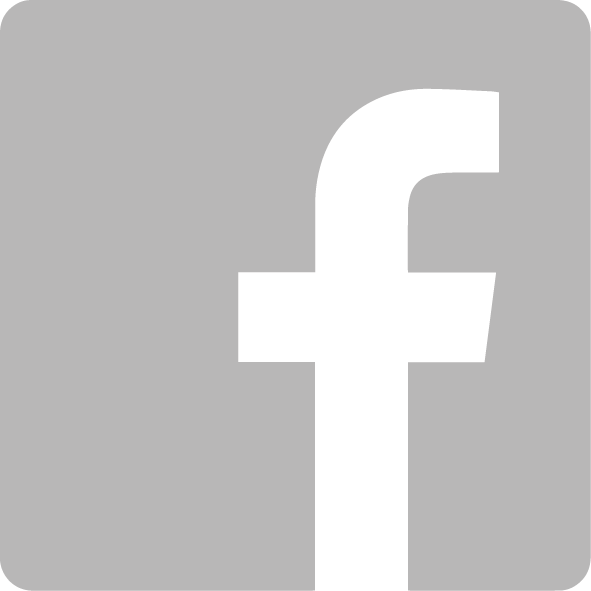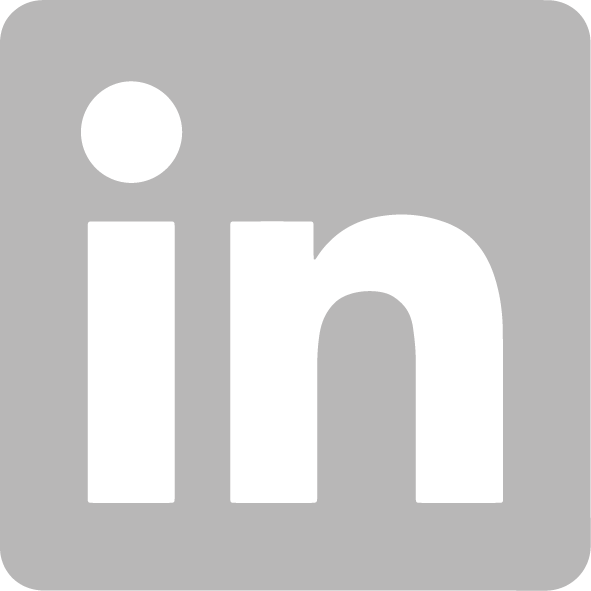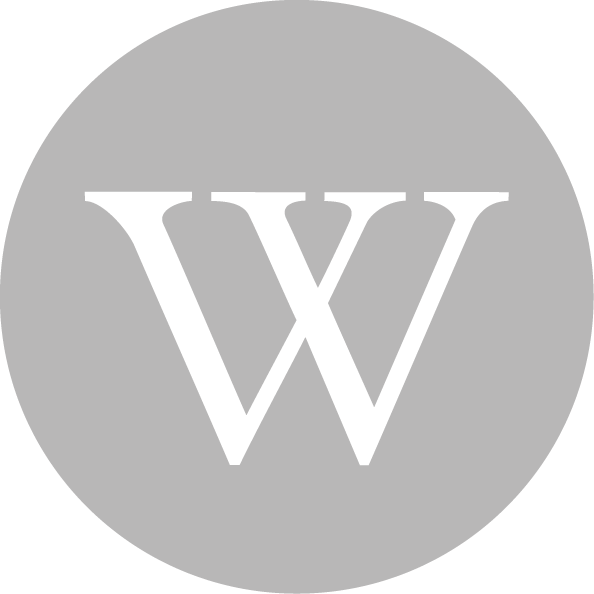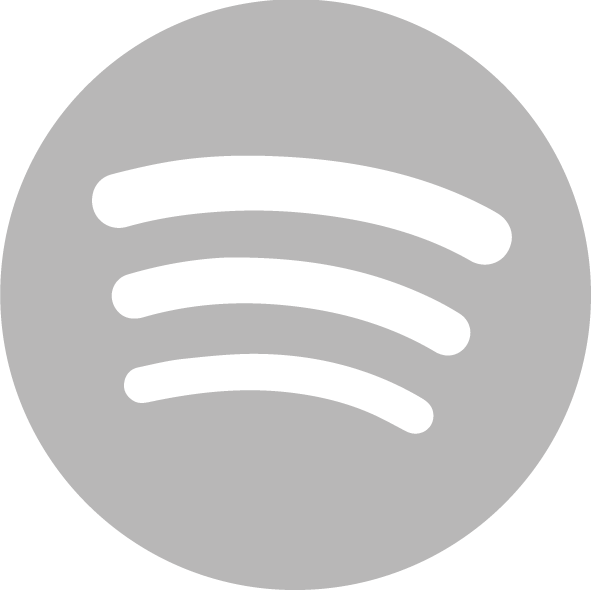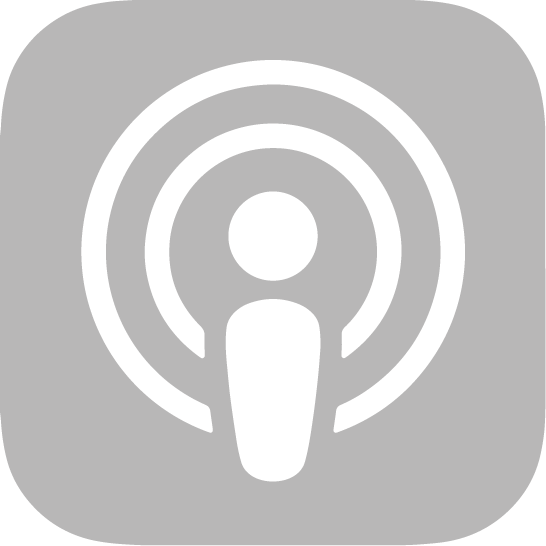- General information on the department
The rehabilitation ward is located in the pavilion of aftercare beds (OGNP). On the ground floor of the building there is an outpatient ward and on the 4th floor there is an inpatient part of the ward, which has a capacity of 20 beds.
MUDr. Drahomíra Škodová has been the head of the department since 2008. The chief rehabilitation worker is Jana Ciprušová.
Most of the clients of the rehabilitation department come because of musculoskeletal diseases, post-traumatic conditions (traumas and polytraumas) and after musculoskeletal surgeries (conditions after alloplasties of weight-bearing joints or after corrective and other orthopaedic and surgical surgeries). Neurological disorders (conditions following central and peripheral nervous system damage) also account for a large proportion. Properly indicated rehabilitation treatment leads to the correction of problems and helps to prevent recurrences, especially in the case of back pain. A proper exercise regime and regular exercise remain the cornerstones.
The actual rehabilitation care is provided by physiotherapists, occupational therapists and other professional staff. In the outpatient section, there is one gym for group exercises and three smaller ones for individual exercises. Physical medicine is provided in the electrotherapy and hydrotherapy sections. We have several modern electrotherapy currents, including distance electrotherapy, magnetotherapy, ultrasound and laser treatment. Special methods are also used here, such as balling, sensomotor stimulation, McKenzie exercises, spinal mobilisation and manipulation, pelvic floor exercises, treatment of functional sterility using Mrs Mojžíšová's method, incontinence treatment, exercises on a ball, on unstable surfaces, training in correct breathing, etc. The psychosomatic context (physical illness and human psyche) cannot be overlooked. We also offer clients a programme of directly funded therapy, which includes laser therapy, cupping and massage.
The advantage of the rehabilitation department is the immediate availability of beds and therapeutic physical education. Our aim is to achieve maximum self-sufficiency of the client.
- Physiotherapy
Physiotherapy (or more precisely kinesiotherapy) is a part of rehabilitation that deals with problems of the musculoskeletal system. It includes a diagnostic component, where the functional changes of the musculoskeletal system are assessed, and a therapeutic component, where we try to correct the changes in a targeted way.
The basic aim of physiotherapy is therefore the treatment of functional disorders of the musculoskeletal system, including e.g. joint blockages, muscle spasms and others, using anatomical and physiological knowledge of the musculoskeletal system. Physiotherapists use special manual techniques in diagnosis, treatment and prevention. The study of physiotherapy is now divided into bachelor and master degree programmes and postgraduate programmes, culminating in certification. Approaches in physiotherapy are mainly based on knowledge of neurophysiology, anatomy and physiology. Lectures from all branches of medicine are also incorporated into the curriculum.
Physiotherapy is the most effective way to treat pain, but also to prevent musculoskeletal pain!
Soft techniques
It is a treatment focused on muscle tendons, muscle fascia, tendons, subcutaneous tissue and skin. Soft techniques are used both to release muscle spasms and to eliminate so-called reflex, usually painful changes in the muscles and surrounding structures, as well as to achieve overall relaxation. They are performed without the use of massage emulsions.
After mechanical irritation, nerve endings and receptors (sensors) in the skin, subcutaneous tissue and tendons transmit impulses through a reflex arc to the internal organs in a given segment, thus affecting the impaired functions of these organs by reflex action. The impulses transmitted through the nerve pathways to the brain also have a positive effect on the psyche, which explains the overall calming effect.Mobilization techniques of the spine and peripheral joints
They are the most important and most used techniques for treating painful myofascial trigger points, which are precisely localized, sensitive spots in contracted skeletal muscles. These sites are characterized by spontaneous pain or pain on movement. In the complex treatment of pain, the use of these techniques is a fundamental choice. Muscle trigger points are characteristic of the so-called myofascial pain syndrome, which may be associated with other neuromuscular disease, mechanical overload or psychological stress. It is the most common painful muscle disease.
Joint mobilisation is the gradual increase of movement in a joint. It is performed by gentle repetitive movements at the limit of possible movement, i.e. just before reaching the pre-tension in the joint. When repeating the movement, we do not return to the central or starting position, but continue to the reached limit of movement. During mobilisation, we feel the movement loosen and the blockage either diminishes or, with a slight blockage, disappears completely.
In mobilisation therapy, the mobility of the peripheral joints and spine is restored to the correct position by means of a technique. It is most commonly used for functional joint blockages that are painful, restrict movement and lead to muscle spasms, etc. The aim of the treatment is to relax the movement segment, restore joint clearance, as well as adjust muscle tension and treat the so-called trigger points.Manipulation techniques
These are fast-acting techniques, sometimes popularly called "unblocking".
These techniques are close to mobilization techniques, but the therapist overcomes the physiological barrier of the myoskeletal system, therefore they cannot be used in all patients (contraindication is e.g. osteoporosis) and therefore the treatment is performed only by a physician.
They are typically applied to the thoracic or lumbar spine.Traction (traction techniques)
It is a thrust in the axis of the joint, which is performed repeatedly for a short period of time or continuously for a longer period of time, mainly using the traction of the cervical and lumbar spine.
Therapeutic physical education
- Individual
Therapeutic exercise under the guidance of qualified physiotherapists, during which the patient gradually learns exercises focused on his/her problem area. The intensity of the exercise and its composition is individually corrected and adjusted according to the client's current state of health. Repeated practice of individual exercises leads to their memorization and, during subsequent home exercises, to prolongation of the duration of beneficial effects and improvement or disappearance of the patient's difficulties.
- Group
Similar to individual exercise, it will expand your movement options and improve your client's health and fitness. It is done in small groups with similar health problems or with the same specific focus.
This is an exercise for pain in the cervical, thoracic or lumbar spine, with limited joint mobility.
Our trained physiotherapists also perform exercises according to Ludmila Mojžíšová, which is suitable not only for the treatment of functional sterility in women, but also for lumbar spine pain.
Another group or individual exercise is:
Pilates Medical Exercises
Pilates is a method of physical exercise that was developed and refined in the early 20th century by Joseph Pilates in Germany.
Pilates called his method "controllogy" (from the verb to control and the Greek suffix -logia); he believed that it was possible to use the mind to control (and direct) the muscles. The goal of the Pilates method is to improve control over your body, strengthen it and improve its flexibility.
The Pilates method seeks to achieve controlled movement from a strong centre of the body. Originally conceived as a mat exercise, Pilates also used various exercise machines and equipment to help practitioners "get the method into the body". The aids or tools are always designed for specific exercises.
As far as equipment is concerned in the current Pilates method, small medicine balls, foam rollers, large fitballs, rotating discs and exercise elastic bands are used. We start with mat exercises, but for many of the exercises, minimal or no equipment is sufficient, allowing practitioners to practice these exercises at home without the need for heavy equipment.Finally, we will mention six principles of the Pilates method. These are the principles to be followed during the exercise: concentration of movement, controlled movement, movement from the centre of the body, fluidity of movement, precision of movement and breathing.
Kinesiotaping
- A method developed in the 1970s by Japanese physician and chiropractor Kenzo Kase.
- Muscle tension is normalized and the function of blood and lymphatic circulation is improved.
- There are fewer injuries and less strain on the muscular and skeletal system.
- Technique useful for athletes, injury healing, regeneration and rehabilitation activities.
- It is advisable to combine this method with other musculoskeletal therapies.
Principles
- By applying elastic bands, the skin ripples and causes increased sustained blood and lymph flow.
- Kinesio tape is made on a cotton base and its elasticity corresponds to the nature of human skin, TEMTEX tapes almost do not cause allergic reactions, so they can be applied for several days.
- Unlike "hard" tapes, which are designed to limit range and mobility, the kinesio tape promotes maximum movement.
Application
- Treatment of ankle distortions, tendon disorders, large joint pain, muscle back pain, large joint blockages, muscle back pain, SI joint blockages.
- In chronic conditions, taping can be repeated.
- It prolongs muscle relaxation, the effect of lymph massages and classical massages.
- Corrective tapes correct faulty posture in children and adults.
- Toning of hypotonic muscle groups.
- Influence of hypertonic muscles, hyperalgesic zones and trigger points.
Contraindications
- Any skin injuries and unhealed "live" scars.
- Skin problems (rashes, eczema, fungus, allergic reaction to the tape).
- Varicose veins and inflammation of the veins.
- Cancer.
Patient preparation
- Clean and degrease the skin (wash, pat dry, wipe with medical alcohol).
- Shave the hairy skin.
- Apply the tape and " heat" with your hand until it is warm or dry with a hair dryer.
- Remove preferably after soaking in warm water.
- Tape database - take a picture of the patient with the tapeworm in case it is necessary to repeat the same tape.
Techniques
- Muscle.
- Ligamentous.
- Lymphatic.
- Fascia.
- Scar correction.
- Ergotherapy
Ergotherapy is a therapy of motor-intellectual functions and social skills with the aim of achieving independence in personal, social and working life.
Ergotherapy is an important part of rehabilitation, providing medical care and a smooth transition to society and, if possible, employment, completing resocialisation and integration into the family.
With the possibility of using a wide range of different materials, one of the main fields of occupational therapy work is also targeted training of perception (sensitivity). Ergotherapy also includes counselling activities, with the main focus on the client and his family members, on the recommendation of suitable aids for the individual needs of the patient. The aim of ergotherapy intervention is to improve the functional impairment of the patient, to prevent progression and the development of secondary impairment by working in an interdisciplinary team.
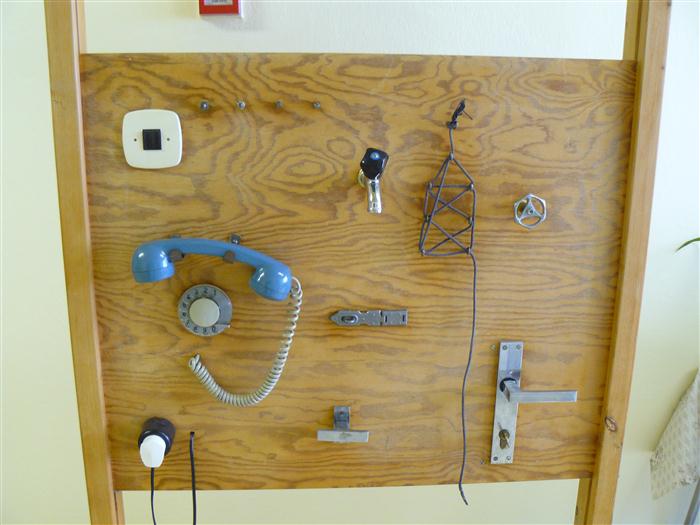
- Hydrotherapy
Bubble bath
A bath combined with a massage with compressed air that gently bubbles through the jets at the bottom of the bath. The water temperature is 37-38°C. Bath time is 20 min. After the bath you feel pleasant relaxation and overall relaxation. Suitable for chronic, inflammatory and degenerative diseases of the spine, joints, circulatory disorders and as psychorelaxation. Can not be applied to patients with varicose veins.
Underwater massage
Bath with a massage using a jet of water from a massage nozzle. The water temperature is 37° C. The duration of the treatment is 15 minutes. After the massage you feel muscle relaxation and pleasant slight fatigue. Suitable for chronic inflammatory and degenerative diseases of the spine and joints, blood circulation disorders. It also acts as a psychological relaxation.
Whirlpool
A bath for the upper or lower limbs combined with a massage with jets of water flowing from the jets. Water temperature 37 - 38° C. Particularly suitable for post-traumatic conditions to relax muscles and relieve pain.
Below you can see a modern bath for hydrotherapy treatments and a whirlpool for lower limbs.
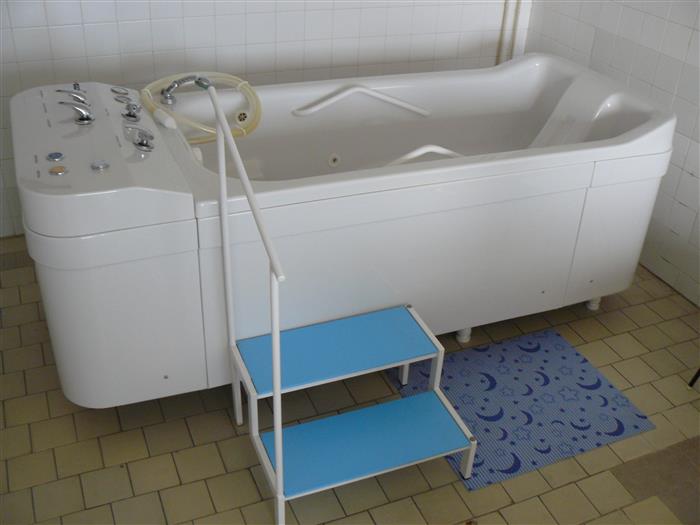
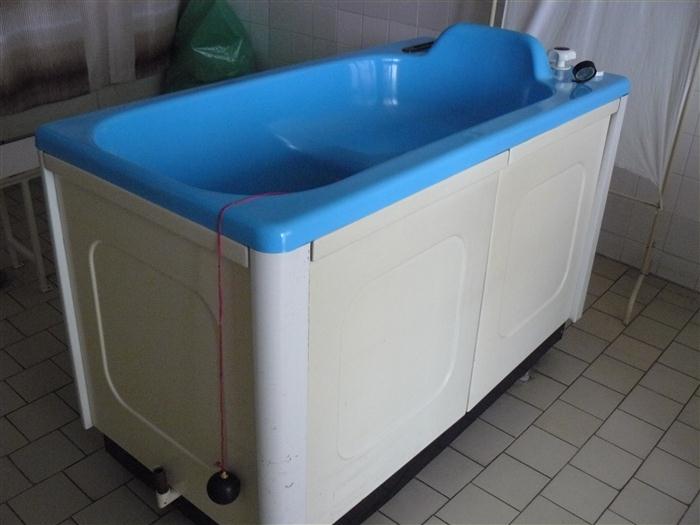
- Electrotherapy
Electrotherapeutic procedures can be divided into different aspects, for example the contact ones and the contactless ones.:
Contact - current is supplied by electrodes connected conductively to the skin.
At our workplace we use BTL 06 - diadynamic, interference, Trabert and TENS currents can be applied.
The Vacotron device is popular, it combines electrotherapy and instrumental massage with vacuum suction cups.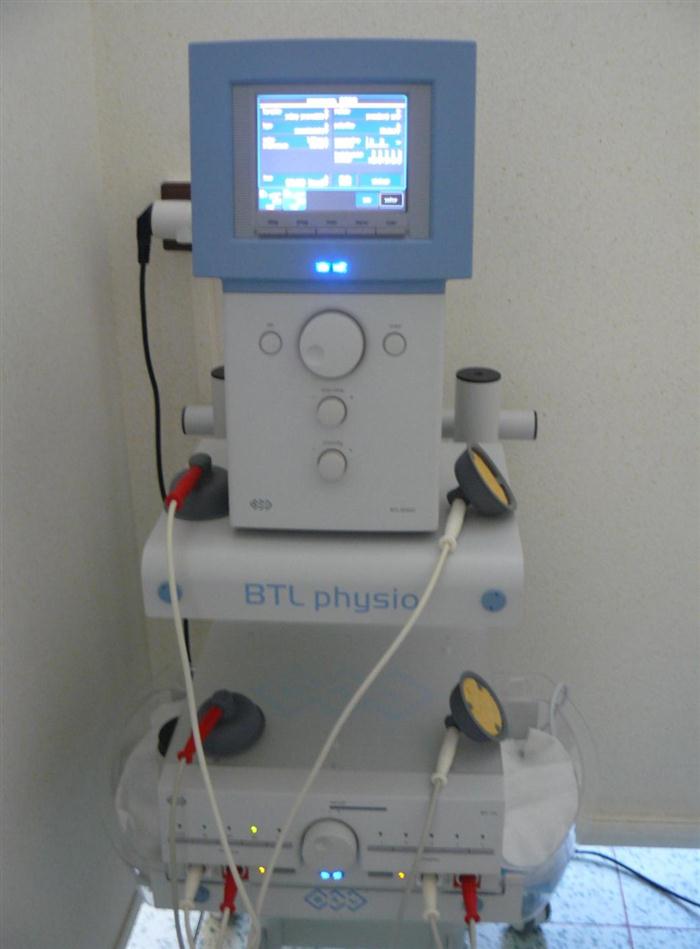 Two-chamber or four-chamber bath
Two-chamber or four-chamber bathIt is a galvanic bath that can be used separately as a two-chamber galvanic bath for the upper or lower limbs; if it is applied to the upper and lower limbs simultaneously, we speak of a four-chamber bath.
The good effect of galvanic current and water is mainly in neuritis, neuralgia, blood circulation disorders, innervation disorders, paresis, plegia, spasticity, application is also indicated in acute post-traumatic conditions.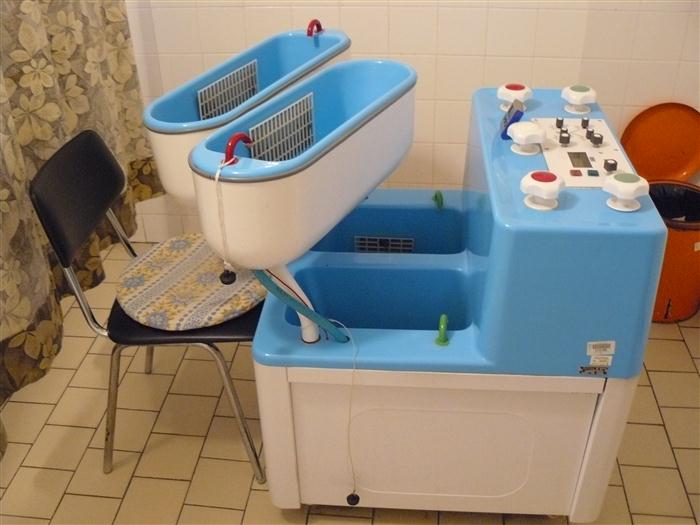
Electrostimulation and electrogymnastics are performed on the Endomed device.
Electrostimulation of denervated muscles - using oblique pulses with a slow rise in intensity and longer pulse length.
Electrogymnastics - the involuntary contraction of the striated muscle is induced by means of el. impulses → the goal is to strengthen the muscle or to put its contraction into the correct movement stereotype - functional disorders of the movement system after removing the reflex change.Contactless - electrotherapy- using electromagnetic fields.
Diathermy - short-wave, ultra-short-wave and microwave: Solux, mountain suns, not used here, we use parafango for warming up, see more about thermotherapy.
Distance electrotherapy:
We use the VAS 07.
Distention electrotherapy - uses electromagnetic induction created by induced electric currents (Faraday) arising in the tissues.
It has an analgesic, anti-inflammatory and myorelaxant effect.Magnetotherapy:
A pulsed magnetic field is used, which has vasodilating effects (widening of vascular permeability, subsequently improving blood supply to the tissue), analgesic, anti-inflammatory, myorelaxant and spasmolytic effects, accelerates healing, counteracts swelling and soothes.
Magnetotherapy can be used for fractures, degenerative and inflammatory diseases of the musculoskeletal system, functional disorders of the motor system, to reduce spasticity. However, magnetotherapy also has a lot of contraindications, such as pregnancy, pacemaker, hyperthyroidism, adrenal hyperfunction, hypothalamic and pituitary disorders, myasthenia gravis, IHD, acute viruses, cancer.
Depending on the location, different applicators are used: flat, double, triple, solenoid (ring) - in the picture we can see two such solenoids: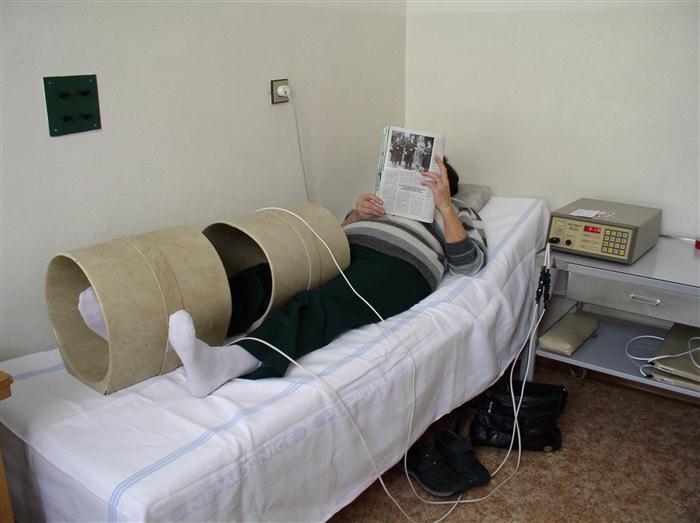
- Other physical therapies
Phototherapy
This is electromagnetic radiation in the range of visible, UV, infrared radiation. In our department we mainly use therapy with laser.
Note for physicists: it is monochromatic, polarized, coherent, nondivergent electromagnetic radiation - a bunch of photons of high energy.
Laser therapy can be divided into continuous and pulsed. The dose is determined by the energy density J/cm2. The effects of the laser are both direct: thermal and photochemical, and indirect: biostimulating, anti-inflammatory, analgesic.The laser is most often applied to scars - hypertrophic, keloid, then to ulcers and decubitus, burns, chronic eczema, functional and structural disorders of the motor system - trigger points, hyperalgesic zones (arthrosis, chronic inflammation), post-traumatic conditions, peripheral paresis, neuralgia, neuritis. Of course, only if this treatment is not contraindicated for another reason.
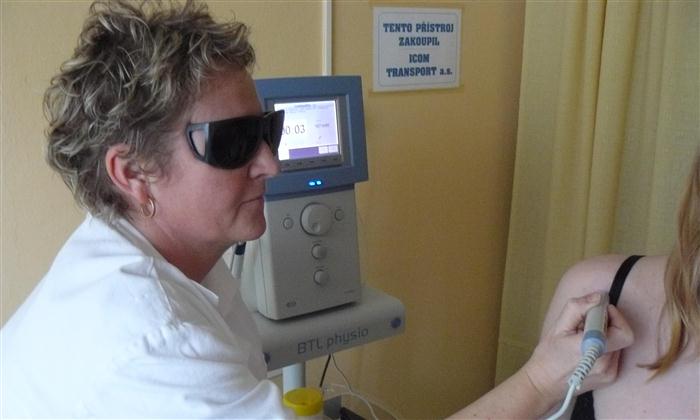 TERMOTHERAPY:
TERMOTHERAPY:Pozitivní termoterapie (prohřívání):
has a vasomotor effect - the blood vessels at the place of application are dilated, blood circulation is improved, muscles relax (myorelaxation and spasmolytic effect).
Next and very important is the analgesic effect, immunobiological, increase in the level of tissue metabolism, sedative effect and overall relaxation.
In our department we use parafango for positive thermotherapy, the application temperature is 48°C.
It is indicated as a preparation - relaxation before exercise, soft techniques, in rheumatoid arthritis and other joint diseases, arthrosis of the vertebrae of the spine, spondylosis, Bechterew's disease.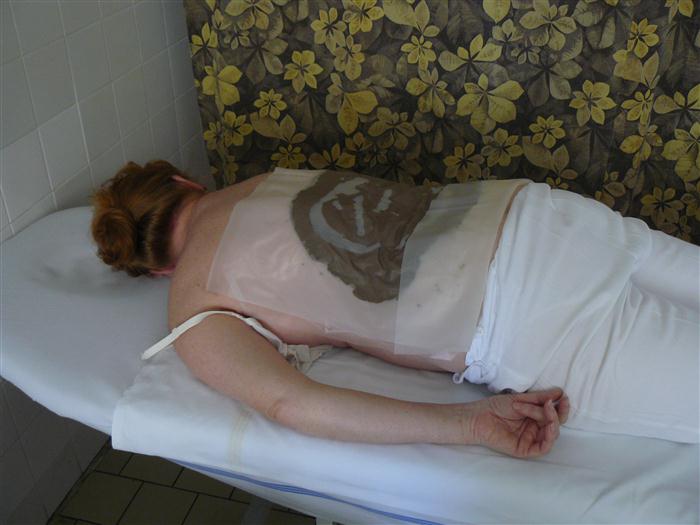
MECHANOTHERAPY:
Instrumental mechanotherapy includes:
1) ULTRASOUND:
It is a longitudinal mechanical wave.
The application of ultrasound results in micromassage of tissues, their heating, improved metabolism, absorption of swelling and local pain relief. Tissue regenerative abilities are improved. Ultrasound has a very good effect on the release of muscle spasms, so it is popularly applied to the so-called trigger points - the area of the muscle in the spasm, involved in a decisive degree in the shortening and soreness of the muscle. By micro-massaging the cells, the muscle relaxes.
The application time is 5 minutes.Ultrasound is indicated in diseases of joints, muscles, in the inactive stage of rheumatoid arthritis, in diseases of peripheral nerves, ultrasound can also be used in skin diseases - scars, Duputryen's contracture or post-traumatic conditions.
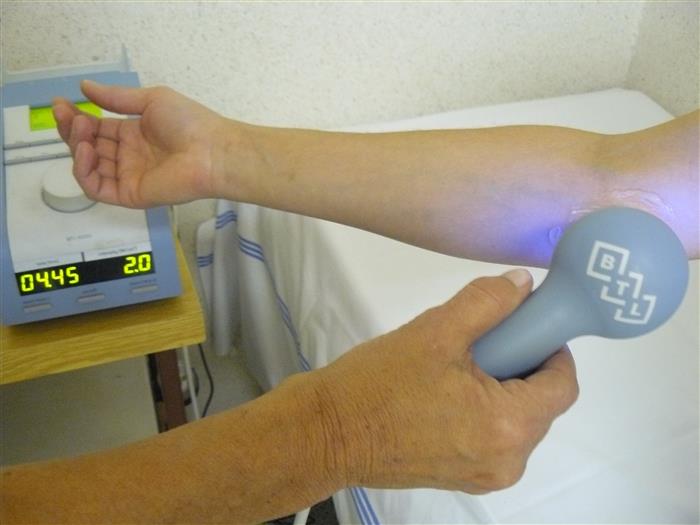
2) LYMPHOVEN:
Lymphoven is an instrumental lymphatic massage that helps to improve lymphatic drainage from the limbs, reducing swelling. It eliminates the feeling of heavy legs. It can be applied to the lower or upper limbs depending on the type of swelling. Application time is 45-60 minutes.
It is therefore indicated as prevention or treatment of venostatic and lymphoedema. However, it cannot be applied in cardiac insufficiency, extensive varicose veins, post-thrombophlebitic syndrome (after thrombosis and inflammation of veins of the affected limb).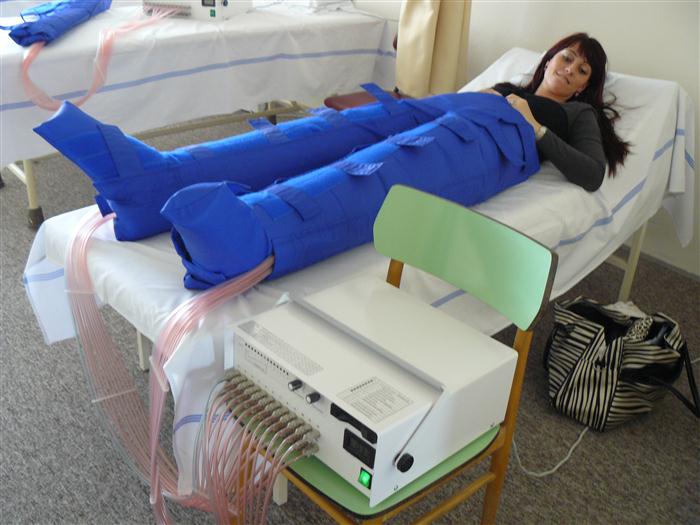
- Ictal Centre
The Hospital Jihlava ranks among the ictal centres, of which there are approximately 30 in the Czech Republic and only two in the Vysočina Region. Together with the neurology department, we provide comprehensive care for stroke patients. The rehabilitation team consists of rehabilitation doctors, physiotherapists, occupational therapists, nurses, speech therapists and a clinical psychologist. Our stroke centre is equipped with modern equipment such as:
Armeo Spring - a robotic device designed to exercise the affected upper limb with gravity compensation,
Amadeo - an apparatus for training active and passive movement of the fingers, including the thumb,
Artromot - the shoulder mobilizer,
Tymo Professional - balance mat with feedback (monitor) for functional training of standing, or sitting, and dynamic loading of the lower limb with electric walkway, upper and lower limb whirlpools and other devices and aids.
Photos of the above mentioned devices can be seen in the department's photo gallery.
In indicated patients, we perform a targeted examination of limb spasticity using Professor Gracies' concept, followed by complex treatment using precisely indicated prolonged stretching, repetitive strengthening of weakened muscles and focal injection of botulinum toxin into spastic muscles.
Rehabilitation Department
